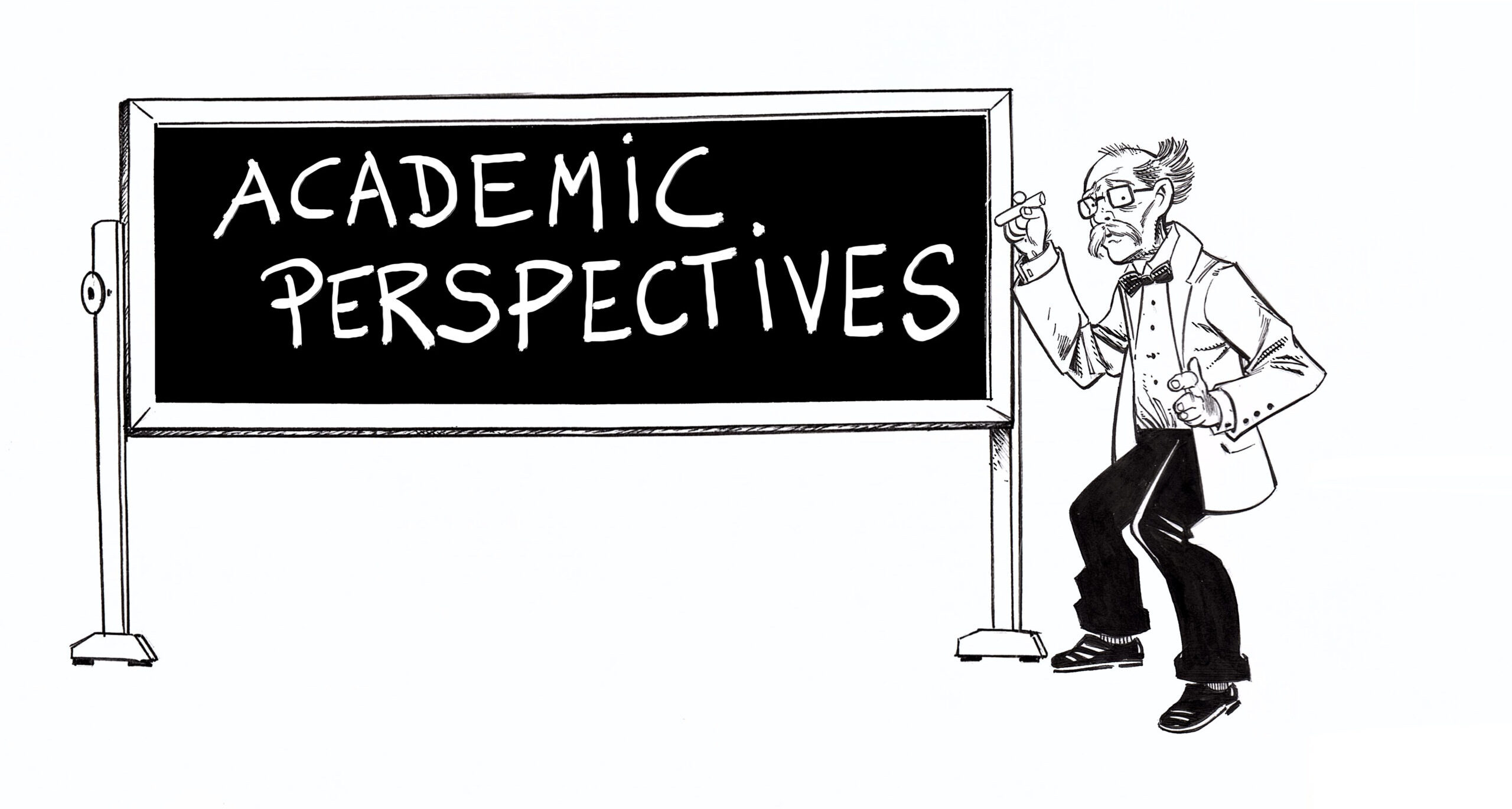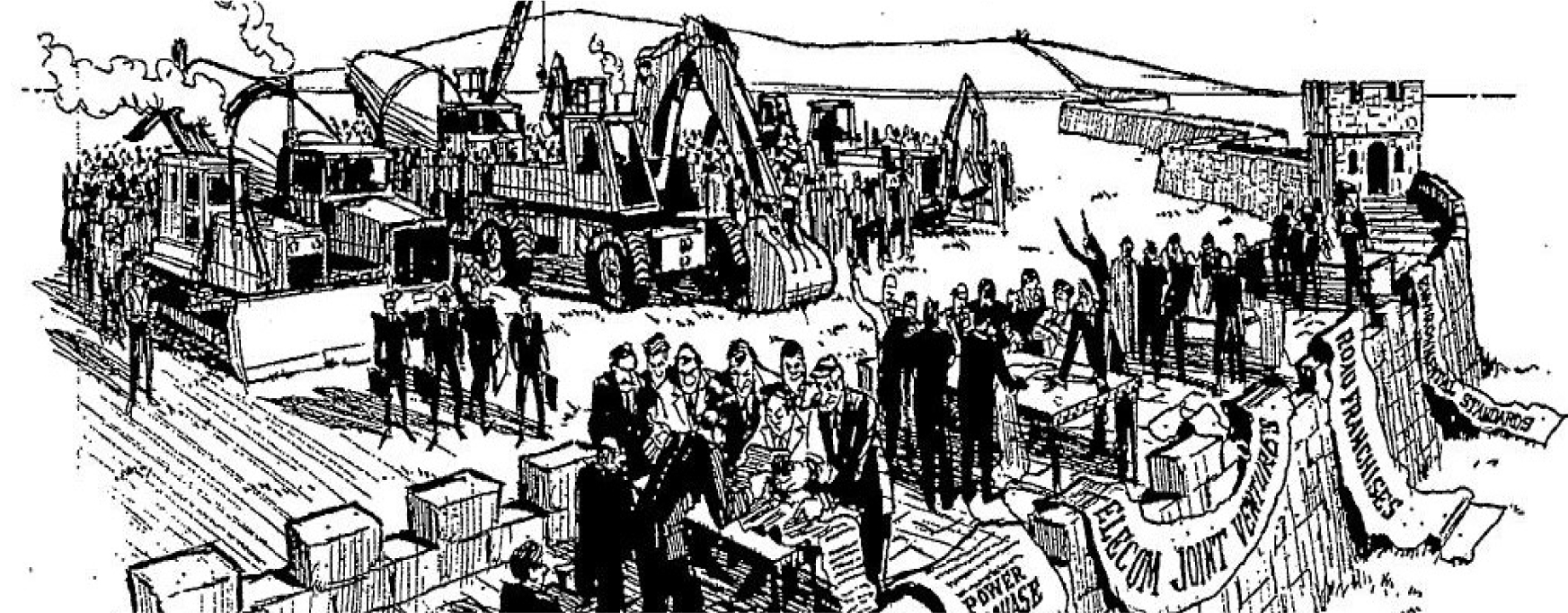Article by Gianluca F. Delfino.
Understanding the conditions for which PPPs are successful in serving public needs has attracted increased attention in the academic literature. On the one hand, research shows that the performance measurement systems provided for in PPP contracts are usually effective in ensuring that incentive and monitoring practices function successfully. On the other hand, these agreements sometimes lead to controversies concerning the performance of private firms and establishing accountability when public interests are not met.


